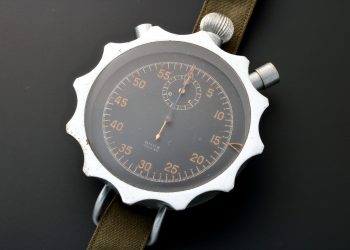FEATURED
A Journey Through Time With Baer & Bosch: March 4th Auction Featuring Rare WWII Military Chronographs
Step back in time with Baer & Bosch’s watch auction featuring a range of rare WWII military chronographs. On March...
Read moreINTRODUCING
TAG Heuer en Watches and Wonders 2025: Carrera con nueva pulsera, Monaco Split-Seconds Chronograph y Formula 1 Solargraph
Detrás de escena, TAG Heuer ha estado muy activo en los últimos meses, con el nombramiento de un nuevo CEO...
Bvlgari en Watches and Wonders 2025: El tourbillon más delgado del mundo y un nuevo ícono Serpenti
En su primera aparición en Watches & Wonders, la casa florentina no se presenta como una recién llegada, sino como...







































